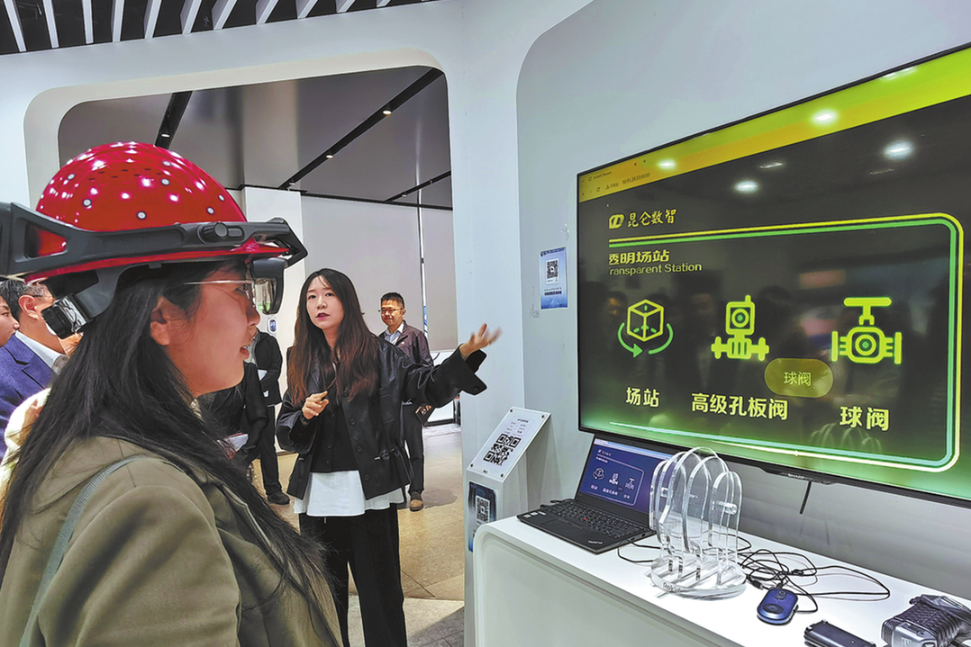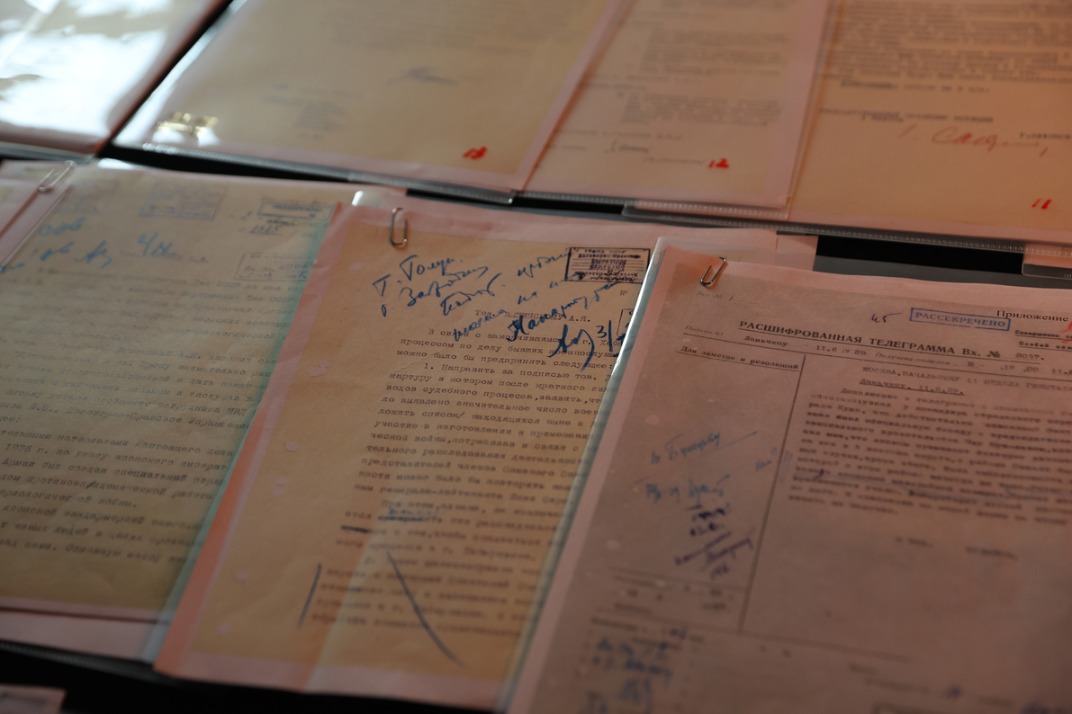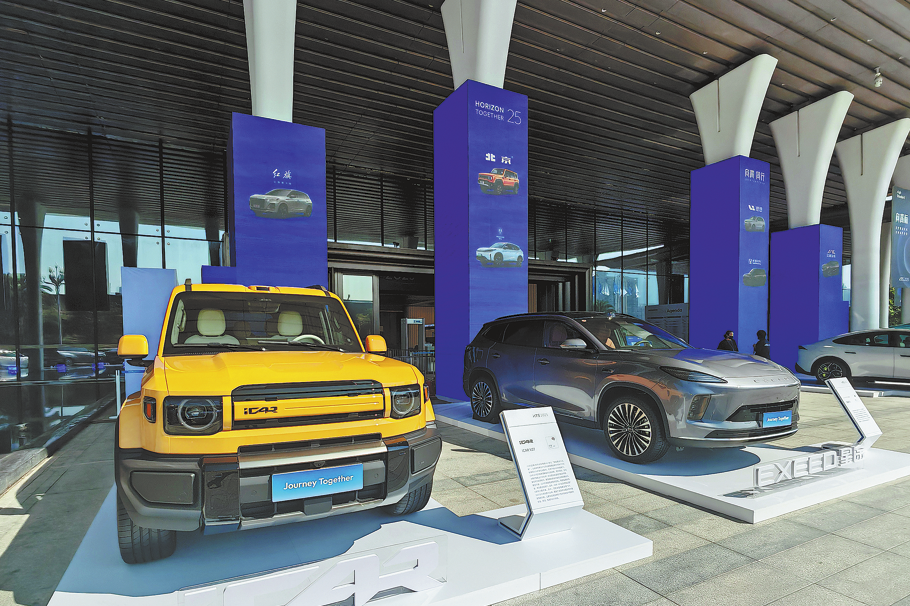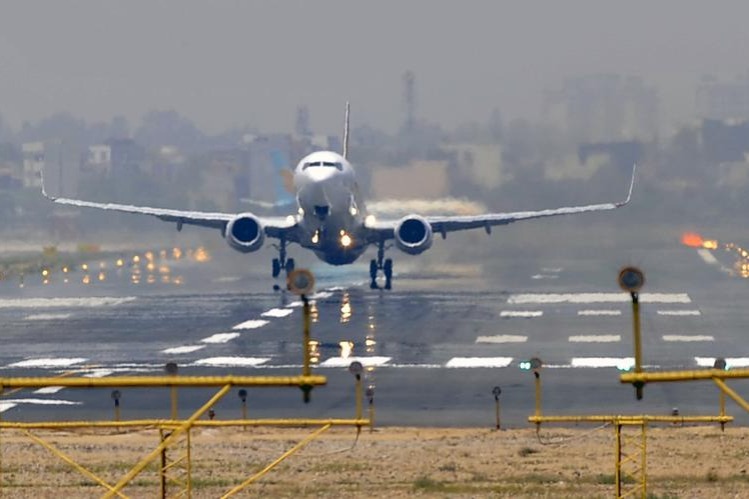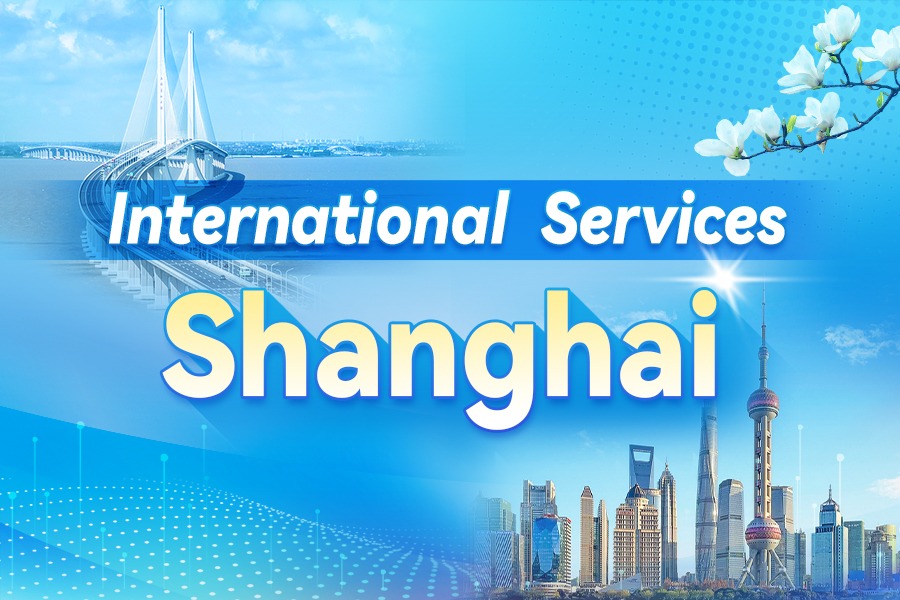TRADITION MEETS HIGH-TECH IN CHINA'S PE CLASSES
Schools blend cultural elements and AI solutions to improve student engagement

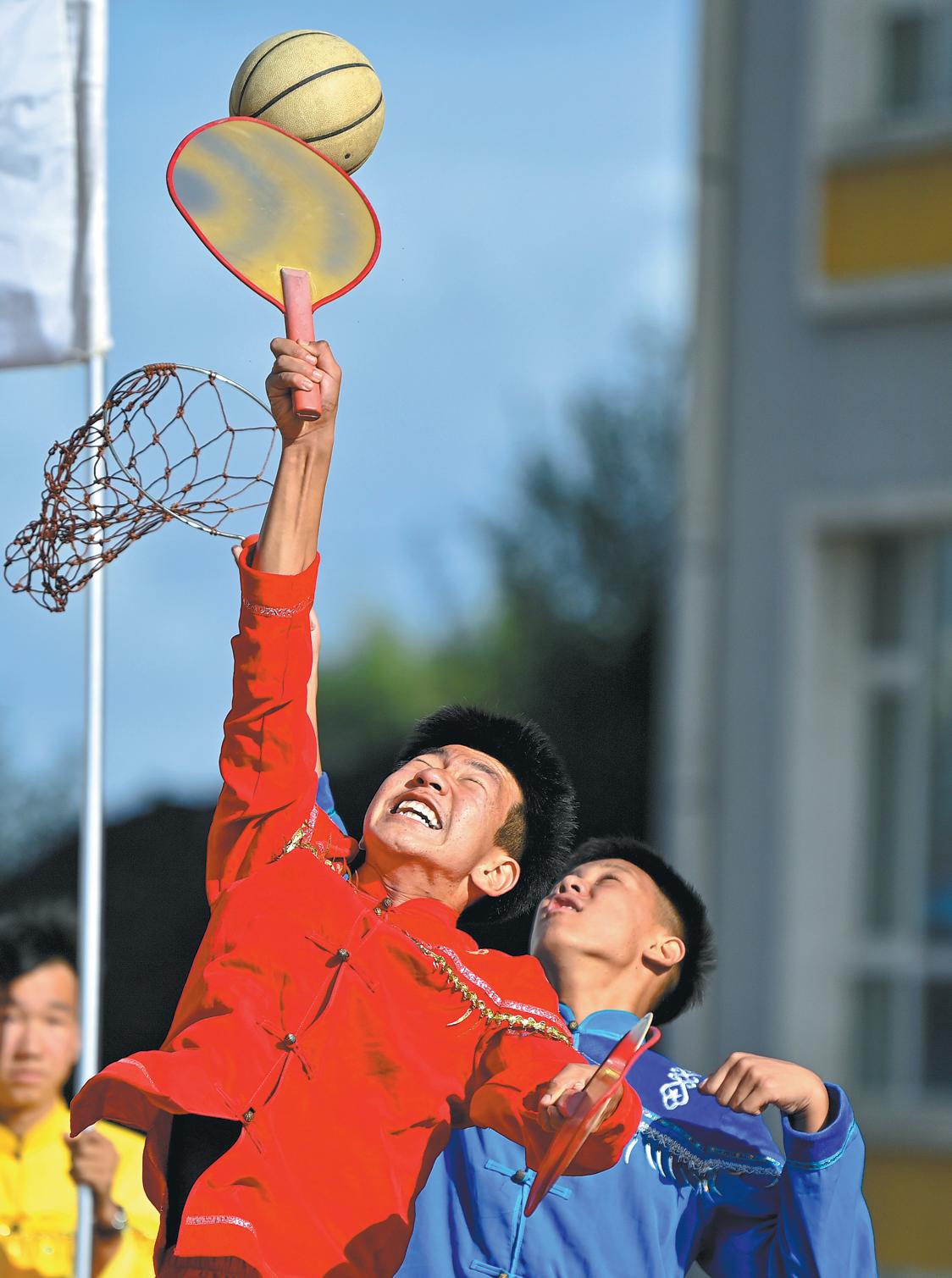
In this autumn semester, sports teacher Yang Hu and his wife Yu Xiaona prepared a special gift for pupils at Wanjia Primary School in Ordos city, North China's Inner Mongolia autonomous region — a rope-jumping routine to the theme song of the popular Chinese animated film Nobody.
"The film went viral this summer, so we came up with a new set of rope-jumping routines for students in the new semester," said Yang.
With the help of his wife Yu, the primary school's dance teacher, Yang integrated local Mongolian dancing with rope jumping to attract more students to get involved. "Rope jumping can improve their physical coordination and fitness, which can become a lifelong habit," Yang said.
In Shantou, South China's Guangdong province, sports on school campuses also feature cultural elements. With the guidance of a kung fu instructor, students learned to perform martial arts to the rhythm of a fan dance.
"Kung fu is really fun," said Chen Sinuo, a student at Guangsha School in Shantou, who loves fan dancing and always shows the movements to his parents after school.
Zhao Anrong, director of physical education at Guangsha School, said: "We want to make exercise more engaging while passing on cultural traditions and helping students develop qualities like focus, perseverance and humility."
Nowadays, many Chinese schools have not only added traditional elements to physical exercise, but have also introduced artificial intelligence and advanced equipment to campus sports.
In Xingye county, South China's Guangxi Zhuang autonomous region, six grader Tan Jintuan stood in front of a screen featuring an AI-enabled sports simulator. After unlocking the program with facial recognition, Tan raised his hand as a signal to start his exercises.
The simulator features activities such as long jump, rope jump and sit-ups. An AI-enabled camera captures the student's movements in real-time, assesses their performance and provides a report with exercise suggestions.
"After I finished my jumping, I can see my score and rankings. When I find myself making step-by-step improvements, I really want to keep trying," Tan said.
"With the new equipment, we enjoy doing sports even more, and are filled with energy and a desire to compete with each other."
AI has been deeply integrated into campus sports. In Huaze School in Changchun, Northeast China's Jilin province, a large display screen presents a real-time count of the school's participants in sports activities, as well as their average exercise duration and intensity.
The AI system makes a statistical analysis of the sports activities in the school through cameras and other detection devices.
Wang Yu, vice-principal of Huaze School, said: "AI provides great data support, based on which we can learn the preferences of students to optimize our physical education courses and after-school services."
Starting from this autumn semester, primary and junior high schools in East China's Jiangsu province will arrange one PE class each day.
In dealing with shortages of PE teachers in the province, Wuxi Economic Development Zone recruited full-time and part-time PE teachers, and parents with professional sporting backgrounds. The schools also strengthened the training of all teachers in terms of physical fitness, safety and sports skills.
Meanwhile, in Beijing, supporting measures such as extending the previous 10-minute break between classes by five minutes and holding intra-school sports competitions have been effective over the past year.
"Sporting activities are indispensable in education, during the process of which, students can discover what they are good at and where they need to make improvements. We will continue to make reforms in our campus sports program for the all-round development of children," said Lu Yongli, principal of Beijing No 2 Experimental Primary School.
Xinhua
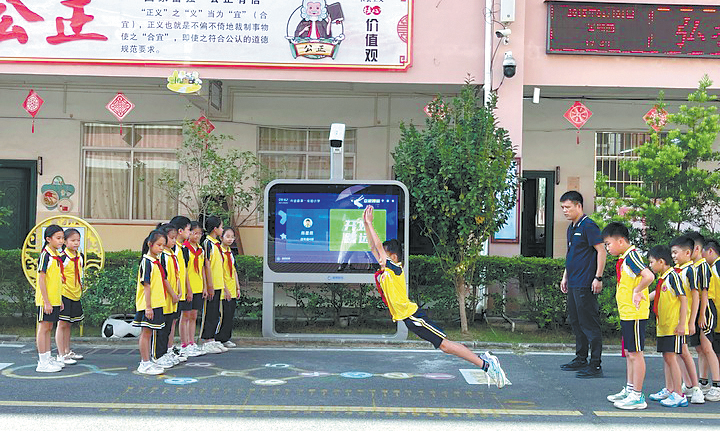
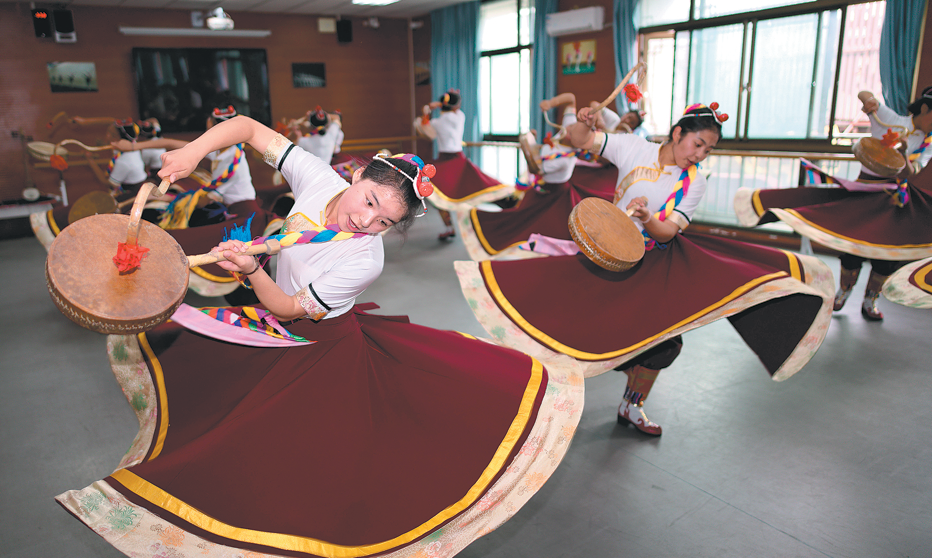
Today's Top News
- Death toll rises to 16 in Sydney's Bondi Beach shooting
- Firm stance on opening-up wins praise
- World looks to new engines for growth in 2026
- Evidence mounts of Japan's wartime atrocities
- Gunmen kill 11, wound many on Sydney beach
- Study finds Earth's deep water reservoirs


















